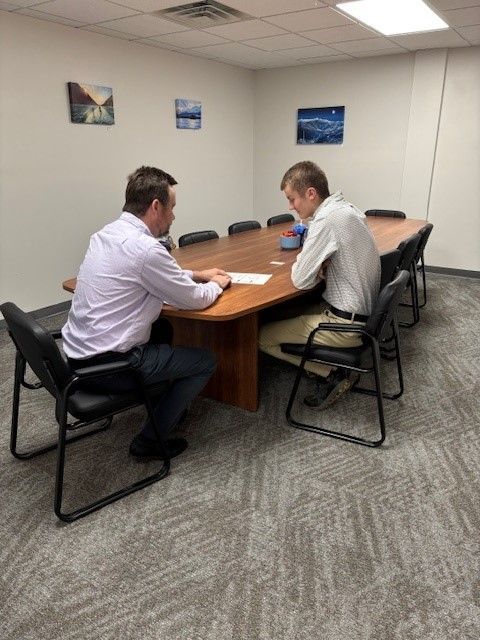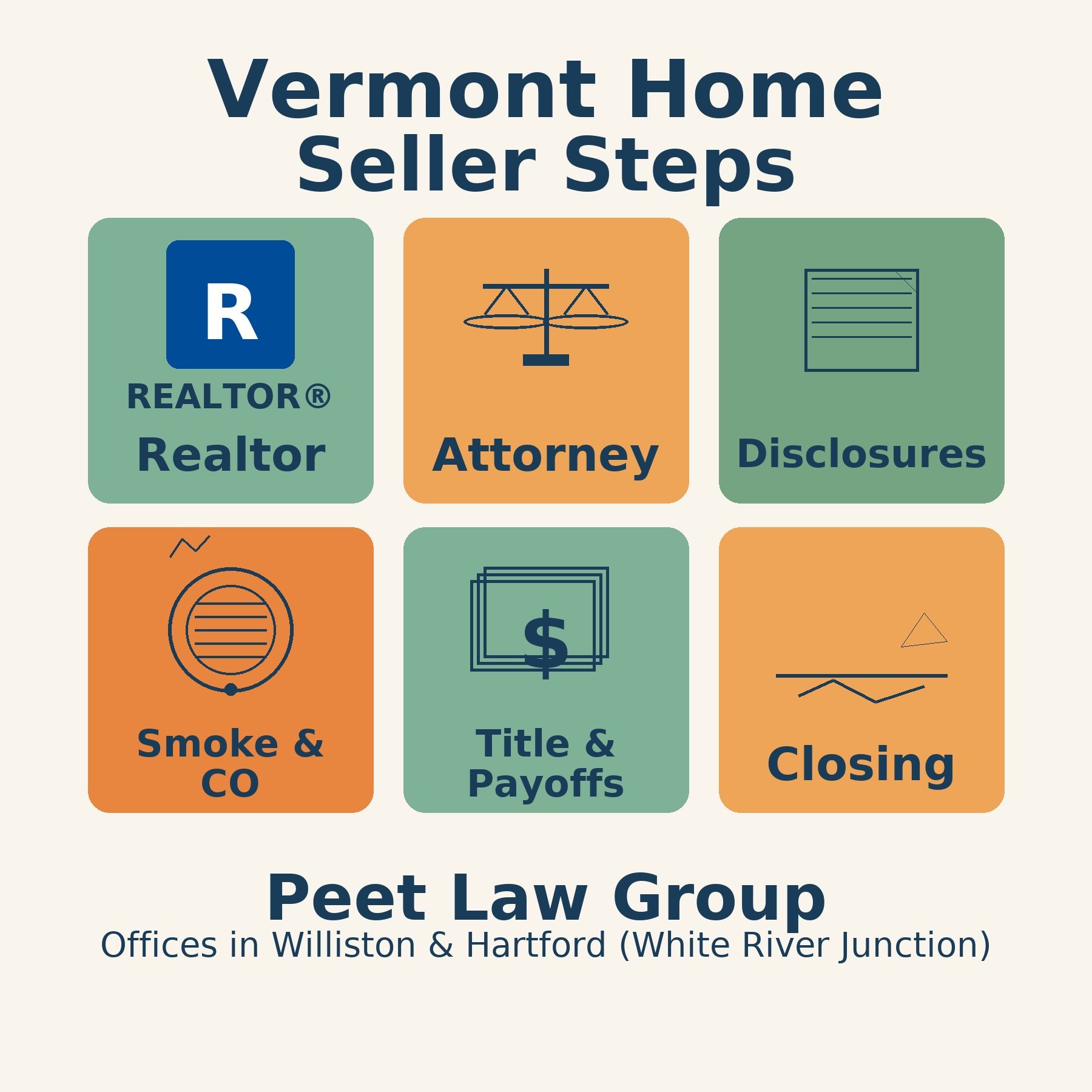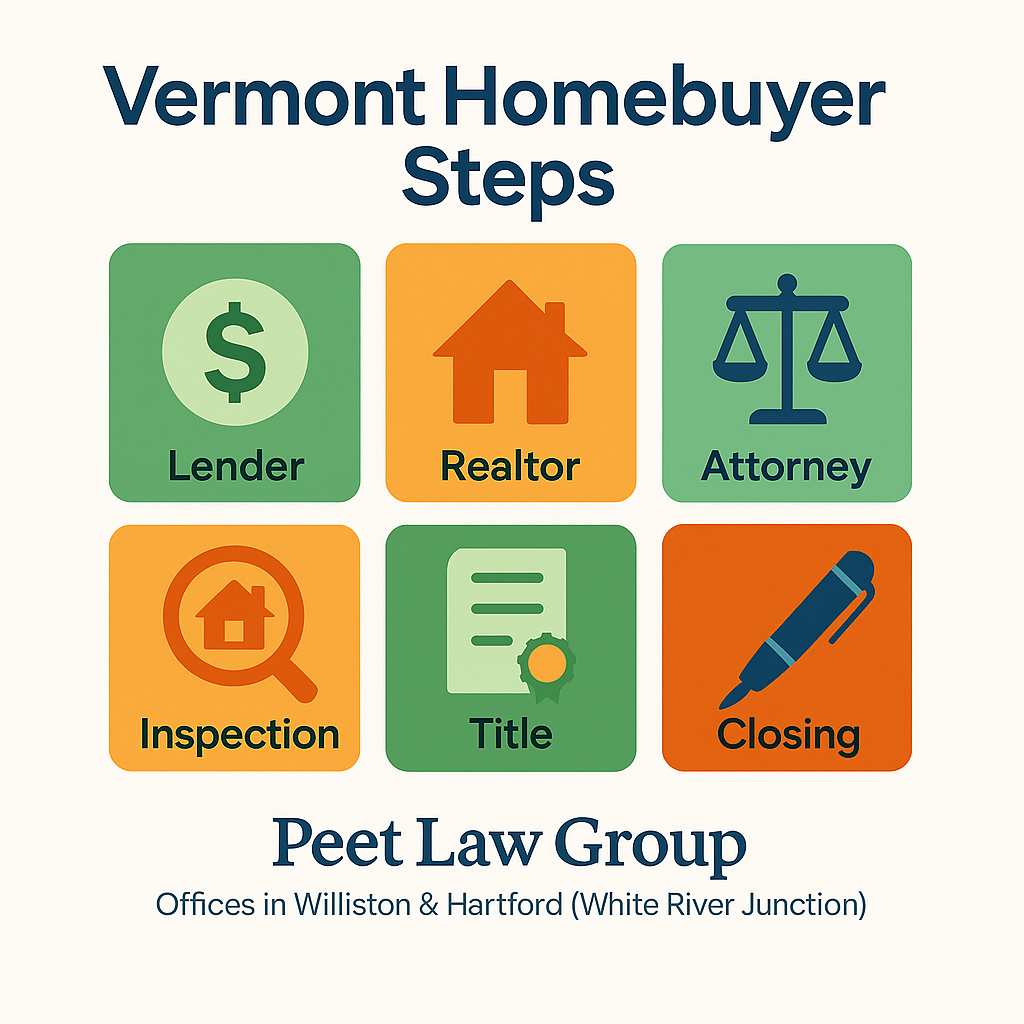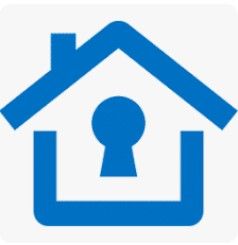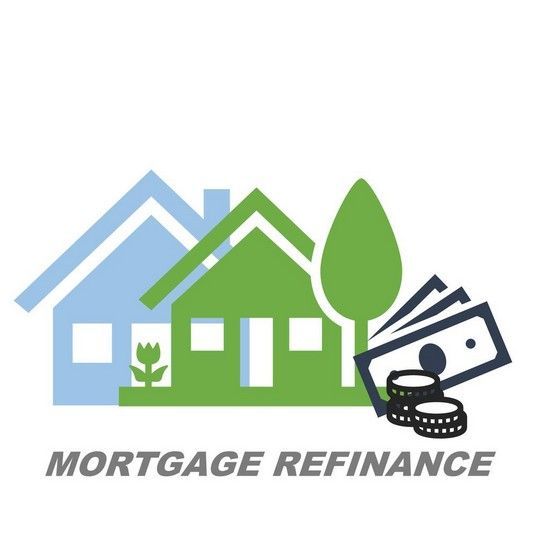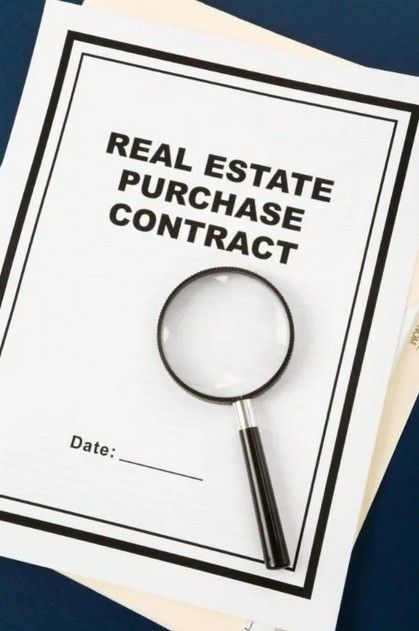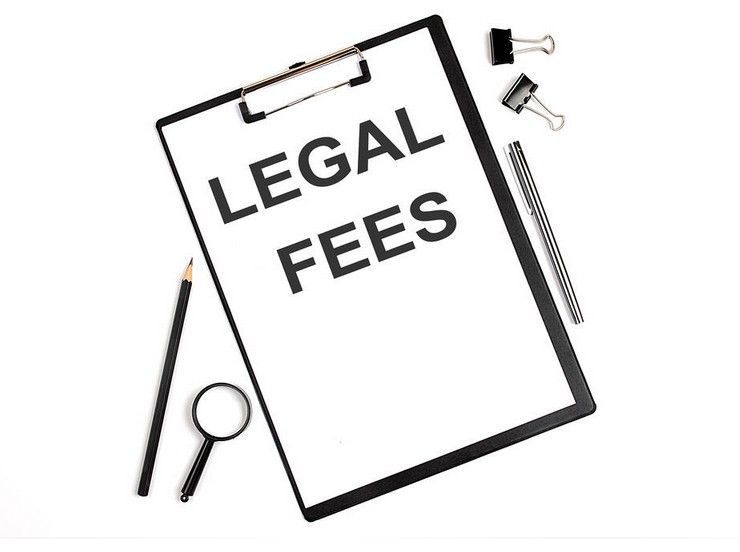Radon Gas and the Home Buying Process
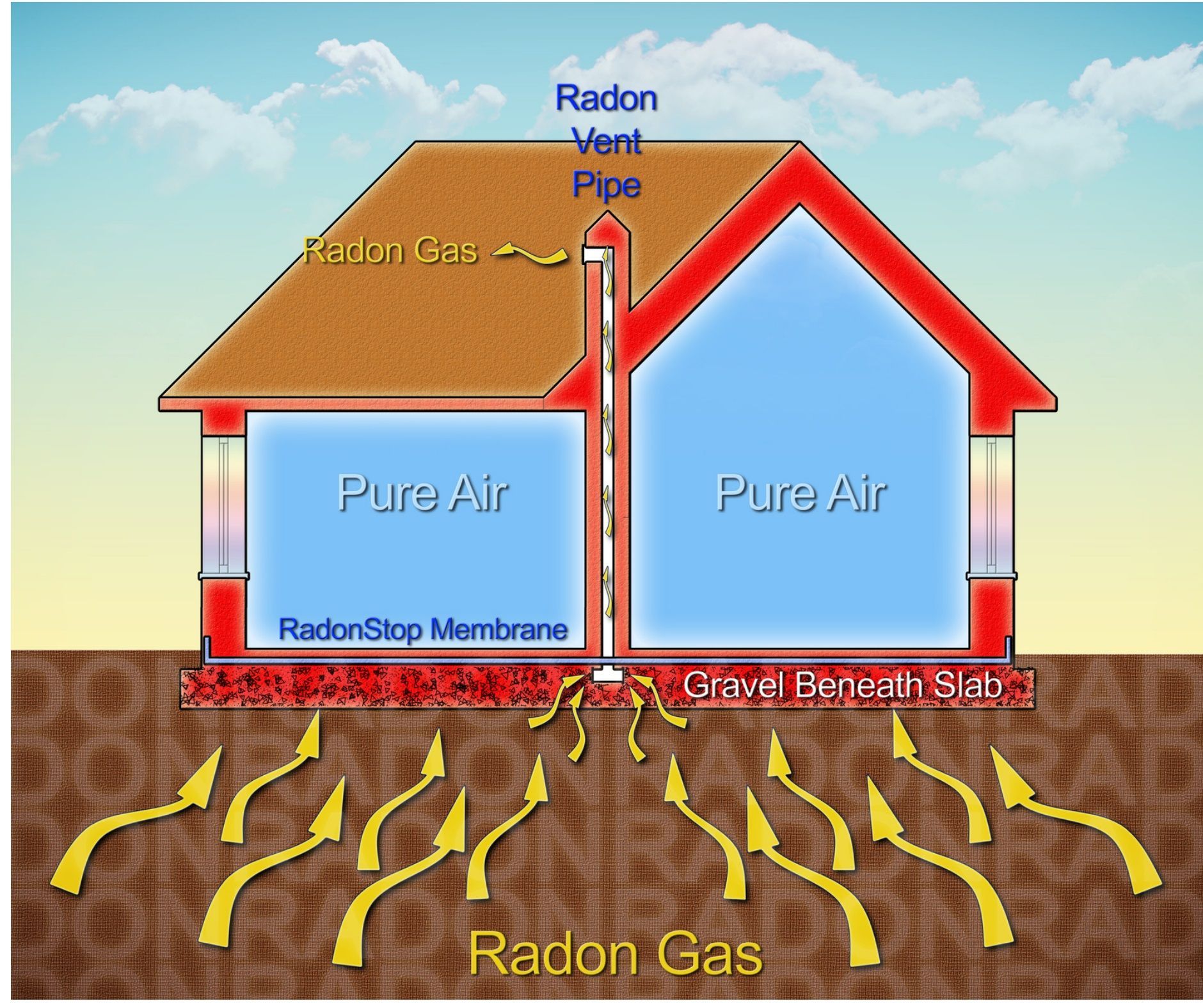
What is Radon Gas?
Radon is a naturally occurring, colorless, odorless, and tasteless radioactive gas that is produced from the decay of uranium in soil, rock, and water. It is the heaviest of the noble gases and is undetectable to human senses. Despite its elusive nature, Radon is, unfortunately, not harmless.
Radon gas can infiltrate homes and buildings through cracks in the foundation, walls, or openings around pipes. Once inside, it can accumulate to dangerous levels if the ventilation is insufficient.
Prevalence of Radon in Vermont Homes
Vermont has a disproportionately high rate of radon contamination compared to many other states in the US, due largely to its geological makeup. According to the Environmental Protection Agency (EPA), nearly one in every seven Vermont homes may have elevated radon levels. However, radon presence can vary greatly even between neighboring homes due to differences in construction and site characteristics. Since the concentration of radon can differ from home to home, the only surefire way to know if your house has a radon problem is to test for it.
Health Risks Associated with Radon Exposure
Prolonged exposure to radon is a serious health risk. The Surgeon General has warned that radon is the second leading cause of lung cancer in the United States, right after smoking. According to the EPA, radon is responsible for about 21,000 lung cancer deaths every year.
When you breathe in radon, radioactive particles can get trapped in your lungs. Over time, these particles increase the risk of developing lung cancer. It's important to note that radon-related lung cancers can occur in non-smokers as well as smokers, though the risk is notably higher in those who have a history of smoking.
How to Test for Radon
Radon testing is relatively straightforward and inexpensive. Testing kits are available at local hardware stores, online retailers, or directly from radon testing laboratories. There are two types of tests: short-term and long-term.
Short-term detectors measure radon levels for 2 days to 90 days, depending on the device. Long-term tests determine the average concentration for more than 90 days. Since radon levels can vary from day to day and season to season, long-term tests give a more accurate reading.
After completing the test, you send the kit to a laboratory for analysis, and they provide you with the results. The EPA recommends taking action to reduce radon levels in the home if the radon level is 4 picocuries per liter (pCi/L) or higher.
Reducing Radon in Homes
If a test reveals high radon levels in your home, don't panic. There are proven methods to reduce radon exposure. The most common method is a mitigation system that includes a vent pipe system and a fan, which pulls radon from beneath the house and vents it to the outside. This system, known as a soil suction radon reduction system, does not require major changes to your home.
Sealing foundation cracks and other openings makes this kind of system more effective and cost-efficient. Additionally, it's essential to retest your home after a mitigation system is installed or if major changes have been made to your house.
Radon Gas and the Home Buying Process
Given the prevalence of radon in areas like Vermont, it's a good idea to request a test during the home inspection. Ensure your home inspector is qualified to conduct radon testing, or hire a certified radon measurement professional. If you are doing the test, remember to follow the instructions carefully to avoid skewed results.
When it comes to protecting yourself during the purchase process, including a radon contingency in your Purchase and Sale Contract is crucial. This contingency allows the buyer to negotiate with the seller for a radon mitigation system or a reduced price on the home if high radon levels are found. In some cases, it may also give buyers the option to back out of the sale entirely without penalty if the radon issue isn't addressed to their satisfaction.
A standard radon contingency clause will state that if the radon test results exceed the EPA's recommended action level of 4 pCi/L, the seller must either:
- Install a radon mitigation system to reduce the radon levels below the EPA action level.
- Provide a credit to the buyer at closing to cover the cost of installing a radon mitigation system.
In both cases, the contingency protects the buyer from bearing the cost of mitigation and ensures they won't be purchasing a home with dangerous radon levels.
If your new home previously tested below the EPA action level for radon, it's important to retest every few years or if significant renovations are done, especially to the basement or foundation. Radon levels can change over time, and regular testing will ensure you catch any issues early.
In conclusion, radon gas is a significant consideration when purchasing a home, but with appropriate testing and contract contingencies, you can ensure you're making a safe investment. While the process might seem daunting, remember that these steps are taken to protect your and your family's health and safety.
How Your Attorney can Assist with Radon Issues
A real estate attorney can be an invaluable resource in navigating the complexities of radon disclosure, testing, and mitigation during the home buying process. Peet Law Group attorneys can help buyers understand the legal implications of radon exposure and ensure that the purchase and sale contract adequately protects their interests. They can also assist in negotiating radon mitigation measures or price adjustments if high levels of radon are detected. Moreover, a knowledgeable attorney can provide guidance on Vermont's specific radon disclosure laws, ensuring that all parties comply with state requirements and that the transaction is handled smoothly and legally. By engaging a Vermont transactional real estate attorney, homebuyers can have peace of mind knowing that their health, safety, and financial interests are being safeguarded in what is often the biggest investment of their lives.
Conclusion
In Vermont, like elsewhere, radon is a silent intruder that can pose significant health risks if left unchecked. The key to managing radon is awareness, testing, and if necessary, mitigation. By understanding the threat, homeowners can protect themselves and their families and ensure a safe, healthy living environment.

